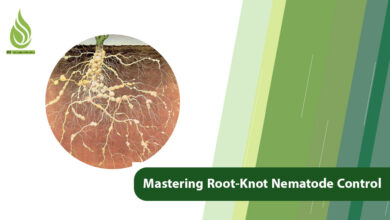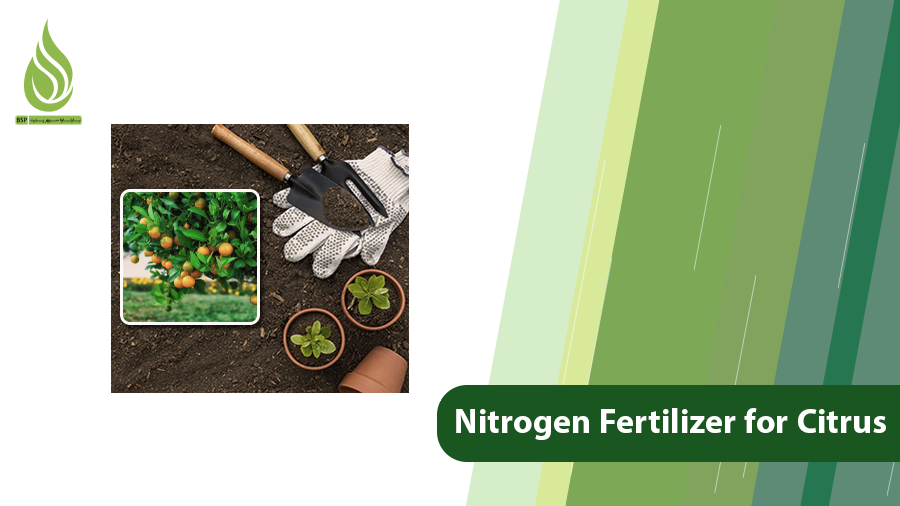
Which Nitrogen Fertilizer is Best for Citrus?
Nitrogen is a cornerstone element in the growth and development of citrus trees. It plays a vital role in metabolic processes, chlorophyll production, and ultimately, fruit yield. Choosing the right nitrogen fertilizer can significantly impact the growth rate and fruit quality of citrus crops, including oranges, lemons, grapefruits, and mandarins. In this article, we’ll explore the effects of popular nitrogen fertilizers for citrus: urea, ammonium nitrate, and ammonium sulfate. We’ll break it down step by step, drawing on best practices to help growers make informed decisions.
What Are Nitrogen Fertilizers and Their Role in Citrus Growth and Yield?
Nitrogen stands out as one of the primary macronutrients essential for citrus trees. It fuels vegetative growth, promotes branching, enhances leaf greening, boosts photosynthesis, and ultimately improves both the quantity and quality of fruit. A nitrogen deficiency can lead to yellowing leaves (chlorosis), stunted growth, and premature fruit drop, which can devastate yields.
Nitrogen fertilizers influence citrus in several key ways. As a building block for proteins and enzymes, nitrogen accelerates growth and enhances the health of leaves and branches. Proper application increases plant vigor and canopy density. On the fruit side, it contributes to larger sizes, better flavor profiles, and vibrant colors.
While nitrogen occurs naturally in soils through organic matter decomposition and atmospheric deposition, it’s rarely sufficient to meet the demands of high-yielding citrus orchards. Growers must supplement it via fertilization. Applications are typically timed for spring (bud break) and summer (fruit set) to maximize uptake and minimize losses.
Citrus production spans diverse regions, from the sunny groves of Florida and California in the U.S. to the Mediterranean climates of Spain and Italy, and the subtropical areas of Brazil and South Africa. According to the USDA, citrus trees require 100-200 pounds of nitrogen per acre annually, depending on variety and soil fertility. In water-scarce areas like Australia’s Murray-Darling Basin, precise nitrogen management is crucial to avoid runoff into waterways, which can cause algal blooms.
Types of Nitrogen Fertilizers and Their Characteristics for Citrus
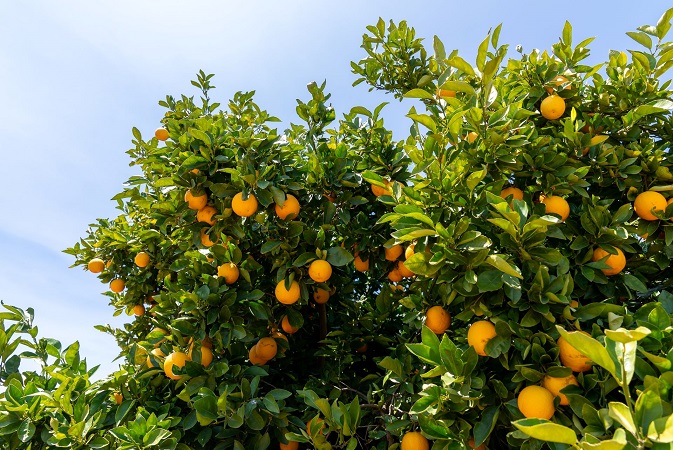
Not all nitrogen sources are created equal. Each type releases nitrogen differently, affecting availability, soil health, and environmental impact. Let’s examine the three main contenders: urea, ammonium sulfate, and ammonium nitrate.
Urea: The Versatile Workhorse
Urea is one of the most widely used fertilizers globally, boasting a high 46% nitrogen content. It’s highly soluble in water, breaking down quickly into ammonium and then nitrate forms that plants can readily absorb.
Advantages: Affordable pricing makes it accessible for small-scale growers in developing regions like Iraq and Afghanistan, major citrus producers. Easy availability and high nitrogen punch mean fewer applications per season. In neutral soils, it promotes rapid vegetative growth, ideal for young trees establishing canopies.
Disadvantages: In warm, alkaline soils, urea can volatilize as ammonia gas, leading to up to 30% nitrogen loss if not incorporated properly. It also requires careful irrigation management to prevent leaching in sandy soils. Overuse can spike soil pH temporarily, tying up micronutrients like iron, which citrus hates.
Research from the University of Florida’s Institute of Food and Agricultural Sciences (UF/IFAS) shows urea works well in fertigation systems for drip-irrigated groves, but growers should apply it during cooler months to cut volatilization risks.
Ammonium Sulfate: The Soil Conditioner
Ammonium sulfate is a favorite for its dual benefits: 21% nitrogen plus 24% sulfur. Beyond feeding nitrogen, the sulfur acidifies soil slightly, improving nutrient availability, especially in high-pH environments.
Advantages: Perfect for calcareous (lime-rich) soils prevalent in Spain’s Valencia region or Texas Hill Country. It lowers pH around roots, unlocking micronutrients like zinc and manganese that citrus needs for disease resistance and fruit quality. Safer to store than some alternatives, with low explosion risk. The sulfur boost enhances protein synthesis in leaves, leading to darker green foliage and better cold tolerance in varieties like lemons.
Disadvantages: Lower nitrogen content means higher volumes needed, increasing transport costs. In acidic soils, it might exacerbate pH drops, requiring lime amendments.
A study by the International Society of Citriculture highlights ammonium sulfate’s edge in Mediterranean orchards, where it reduced iron deficiency symptoms by 40% compared to urea alone. We suggest you take a look at our guide to understand the differences between urea and ammonium sulfate.
Ammonium Nitrate: The Quick-Release Option
With 34% nitrogen, ammonium nitrate delivers fast results. Half is immediately available as nitrate, the other as ammonium, making it a go-to for rapid growth spurts.
Advantages: Plants absorb it swiftly, promoting quick canopy fill-in during early spring flushes. It’s stable in storage and doesn’t volatilize easily, retaining nitrogen even in humid tropics like Brazil’s São Paulo state. It also aids water uptake, helping trees in drought-prone areas like Sicily stay hydrated during fruit swell.
Disadvantages: High leaching risk in sandy, rainy soils, such as Florida’s flatwoods, where up to 50% can wash away in heavy storms. Safety concerns are notable: it’s explosive under certain conditions, leading to strict regulations in the EU and the U.S.
The EPA notes that while effective, ammonium nitrate has declined in favor of blends to mitigate environmental runoff.
Comparing the Three Nitrogen Fertilizers for Citrus
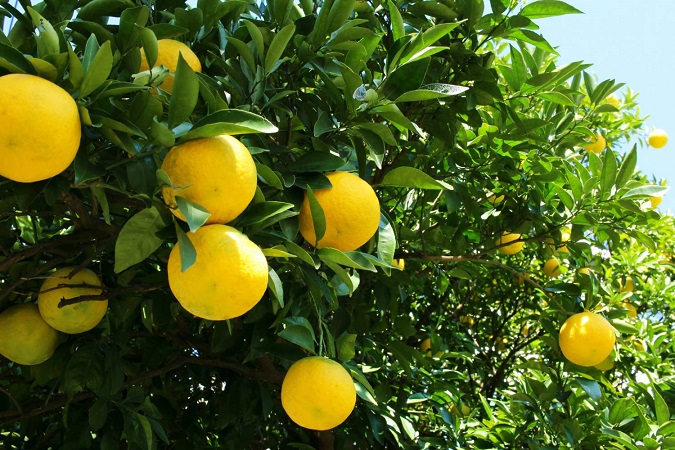
Selecting the best fertilizer hinges on soil type, climate, and grower goals. Here’s a head-to-head:
- Urea: Tops in nitrogen density and cost-effectiveness, but risky for evaporation in hot, dry climates. Best for fertile, well-drained soils in moderate rainfall areas like Australia’s Sunraysia district.
- Ammonium Nitrate: Excels in speed and stability, ideal for short-season flushes, but leaching and safety issues make it less suitable for wet or sandy sites. Avoid high-risk storage scenarios.
- Ammonium Sulfate: Shines in alkaline soils with its pH-lowering and sulfur perks, boosting overall fruit quality. Though lower in nitrogen, it’s the sustainable choice for long-term orchard health in lime-heavy regions like Central Asia or Morocco’s Souss Valley.
Soil variability drives choices. In Central Asia’s northern highlands (such as parts of Kyrgyzstan and northern Tajikistan), with higher rainfall leading to more acidic or neutral soils, urea is favored to avoid over-acidification. Southern arid zones (Uzbekistan’s Fergana Valley and Tajikistan’s Vakhsh Valley) with alkaline, calcareous soils scream for ammonium sulfate, as high pH locks up iron and zinc, causing “lime-induced chlorosis.” Globally, this mirrors challenges in California’s Imperial Valley, where similar soils demand acidifying fertilizers.
If soil pH exceeds 7.5, incorporate elemental sulfur or gypsum beforehand to normalize it; aim for 6.0-7.0 for optimal citrus roots. In acidic soils (below 6.0), add lime. Soil testing every 1-2 years is non-negotiable; kits from local extension services or labs.
Sourcing Quality Nitrogen Fertilizers for Citrus
For citrus orchards, nitrogen is non-negotiable, but quality matters. Opt for fertilizers certified by bodies like the AAFCO to ensure purity. Blends with micronutrients (e.g., chelated iron) can supercharge results in deficient soils.
While urea and ammonium nitrate have their niches, ammonium sulfate often edges out as the top pick for most citrus due to its soil-amending sulfur. In global markets, prices fluctuate, urea hovers at $300-400/ton, and ammonium sulfate at $250-350/ton. Source from reputable suppliers to dodge counterfeits, which can contain heavy metals harming trees.
Key Tips for Applying Nitrogen Fertilizers
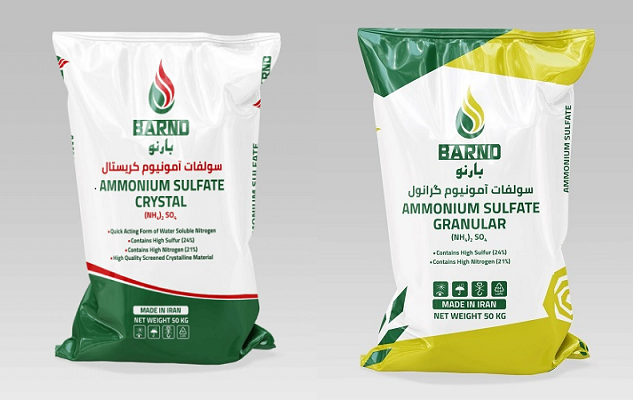
Smart application turns potential pitfalls into profits. Here’s how:
- Soil Testing First: Always start with a lab analysis. It reveals pH, organic matter, and nitrogen levels, guiding fertilizer type and rate.
- Timing and Method: Split applications into 2-4 doses for a steady supply, e.g., 30% at bud break, 40% at fruit set, 30% pre-harvest. Use broadcast for mature trees or fertigation for precision in drip systems. Apply in cool hours (dawn or dusk) to curb volatilization.
- Climate Customization: In rainy northern Iran or Florida, time doses post-rain to avoid washout. Dry zones need irrigation follow-ups. High-heat areas like South Africa’s Western Cape benefit from controlled-release formulas. We suggest you take a look at our guide on citrus fertilizers.
- Avoid Over-Fertilization: Over-fertilization is one of the most common mistakes in fertilizing. Excess nitrogen delays maturity, invites pests like aphids, and pollutes groundwater. Stick to 1-2 lbs N per tree annually for mature oranges, scaling down for young plants.
- Rainfall Watch: Delay apps if heavy rain looms within 48 hours; leaching spikes 20-30% in storms.
- Slow-Release Options: Ammonium sulfate’s gradual release mimics natural cycling, reducing peaks and troughs. Pair with watering to dissolve granules evenly.
- Salinity Management: In saline irrigation areas (e.g., southern Iran or Iraq), sulfur-rich fertilizers like ammonium sulfate counteract salt buildup, preserving root health.
Growers should monitor trees visually; lush green leaves signal balance; sparse growth means more N.
Best Timing and Methods for Nitrogen Application
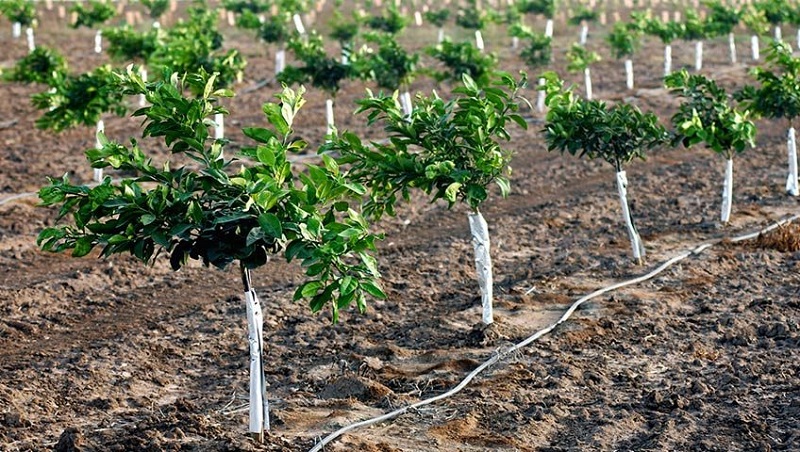
Prime windows for citrus are twofold:
- Early Growth Phase (Bud Break): Around March-April in the Northern Hemisphere, apply to spur shoots and leaves. This builds the photosynthetic engine for the season.
- Fruit Development (Petal Fall to Sizing): June-July dosing prevents drop and plumps fruit. In the Southern Hemisphere, flip to September-October and December-January.
- Dose via soil tests: Mature trees might need 0.5-1 lb N per application. Split to 2-3 rounds boosts efficiency by 15-20%. Irrigate deeply post-app to drive roots downward. For foliar sprays (useful in micronutrient-poor soils), dilute to 1-2% and mist undersides.
In fertigated systems, common in Spain’s 1.5 million citrus hectares, pulse nitrogen weekly at low rates to match uptake, cutting waste by 25%.
Environmental and Sustainable Considerations
Nitrogen isn’t just about yield; it’s about stewardship. Overuse contributes to nitrous oxide emissions, a potent greenhouse gas; citrus farming accounts for 5% of global ag N2O. Opt for precision tools like soil sensors (e.g., from CropX) to apply only what’s needed.
Organic alternatives (12% N) or composted manure offer slow-release benefits, aligning with EU’s Green Deal for sustainable groves. Integrated pest management pairs well, as balanced N reduces fungal risks like Phytophthora.
Case in point: Florida’s 2023 trials showed ammonium sulfate blends cut nitrate leaching by 35% versus straight urea, safeguarding the Everglades.
Conclusion
The “best” nitrogen fertilizer? It depends, urea for budget quick-fixes, ammonium nitrate for speed, but ammonium sulfate reigns for alkaline soils and holistic health. Worldwide, from Iran’s diverse climates to California’s tech-savvy orchards, testing and timing unlock potential.
By blending local know-how with global insights, growers can harvest bumper crops sustainably. Consult extension experts or resources like the FAO’s citrus guidelines for region-specific tweaks. Your trees, and the planet, will thank you.
